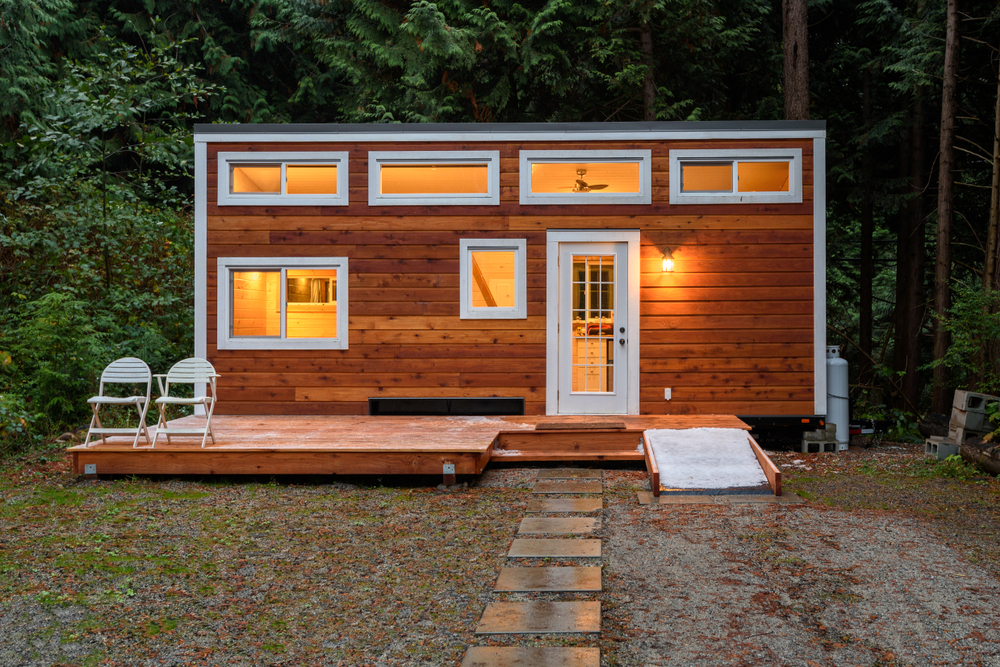Tiny living and its environmental impact
More and more people are looking into living sustainably in tiny homes

Tiny homes are almost exactly what they sound to be. Architecture Lab defines it specifically as a house with 550 square feet in area at most, whether it be on wheels or a permanent foundation. People living in tiny homes often live a “tiny life,” as popularly coined.
These small liveable areas have become very popular due to financial advantages of not having to pay for the coverage of facilities in a large area because of the lower use of energy. Tiny homes on wheels also give its owners the freedom to travel anywhere they would like to, taking the comfort of home with them.
There aren’t many rules to living the “tiny life” or buying a tiny home. People often prefer it with its price ranging from USD20,000 to USD100,000 where they can choose a home with the features and materials they prefer. Some people even choose to build their own tiny home from scratch if they don’t want to rent or buy something that isn’t designed for them and their needs specifically.
More: Living sustainably and responsibly for our future and our children’s future
A common architectural style when making tiny homes is vernacular architecture. It’s described by Tiny House as architecture based on the present materials, traditions, and climate. This allows for the homeowner to cater their tiny home to their own needs. They can follow one of the three types of vernacular architecture. First is folk architecture which is more simple and human labour based. Second is artisanal architecture which is more of making the building more distinguishable from others. Third are rural building typologies which are more rural and less technological.
Never Too Small, a media company dedicated to small footprint design and living, talks about how tiny homes have smart designs that can help improve the quality of life while remedying urban overcrowding issues. They also feature multiple different award-winning designers and their tiny homes that bring to life the concept of sustainable tiny living. Its founder Colin Chee received the highly anticipated 2022 Visionary of the Year at the annual PropertyGuru Asia Real Estate Summit.
The Property Report editors wrote this article. For more information, email: [email protected].
Recommended
Why everyone is moving to Selangor and Johor: Malaysia’s real estate comeback
Malaysia’s upturn in fortunes is especially prevalent in secondary destinations such as Selangor and Johor
Penang’s silicon boom: How the US-China tech war is supercharging local real estate
Penang’s booming semiconductor industry has created ripples within the local real estate sector
ARES White Paper Volume 2: Unravelling the power of data revolution in real estate
Insights on proptech, smart cities, and sustainable development
ARES Digital White Paper Volume 1 tackles the fundamentals of responsible building
Green and climate heroes join forces to discuss how Asia Pacific can weather the current environmental crises and the looming effects of climate change







